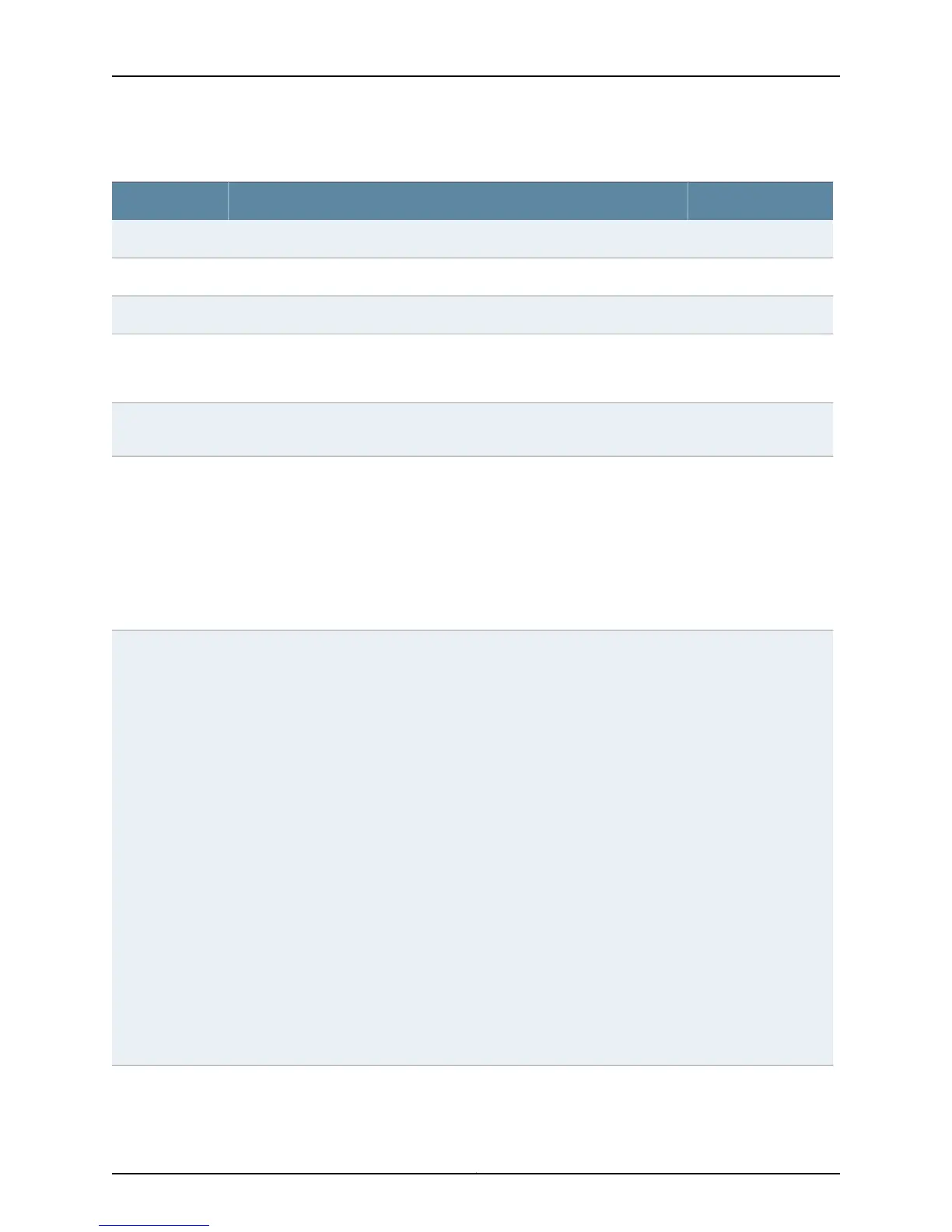Table 48: show interfaces ge- Output Fields (continued)
Level of OutputField DescriptionField Name
detail extensiveCurrent interface hold-time up and hold-time down, in milliseconds.Hold-times
detail extensive noneConfigured MAC address.Current address
detail extensive noneMAC address of the hardware.Hardware address
detail extensive noneDate, time, and how long ago the interface went from down to up. The format
is Last flapped: year-month-day hour:minute:second timezone (hour:minute:second
ago). For example, Last flapped: 2008–01–16 10:52:40 UTC (3d 22:58 ago).
Last flapped
detail extensiveTime when the statistics for the interface were last set to zero.Statistics last
cleared
detail extensiveNumber and rate of bytes and packets received and transmitted on the physical
interface.
• Input bytes—Number of bytes received on the interface.
• Output bytes—Number of bytes transmitted on the interface.
• Input packets—Number of packets received on the interface
• Output packets—Number of packets transmitted on the interface.
NOTE: The bandwidth bps counter is not enabled on the switch.
Traffic statistics
extensiveInput errors on the interface. The following paragraphs explain the counters
whose meaning might not be obvious:
• Errors—Sum of the incoming frame aborts and FCS errors.
• Drops—Number of packets dropped by the input queue of the I/O Manager
ASIC. If the interface is saturated, this number increments once for every
packet that is dropped by the ASIC's RED mechanism.
• Framing errors—Number of packets received with an invalid frame checksum
(FCS).
• Runts—Number of frames received that are smaller than the runt threshold.
• Policed discards—Number of frames that the incoming packet match code
discarded because they were not recognized or not of interest. Usually, this
field reports protocols that the Junos OS does not handle.
• L3 incompletes—Number of incoming packets discarded because they failed
Layer 3 sanity checks of the headers. For example, a frame with less than 20
bytes of available IP header is discarded.
• L2 channel errors—Number of times the software did not find a valid logical
interface for an incoming frame.
• L2 mismatch timeouts—Number of malformed or short packets that caused
the incoming packet handler to discard the frame as unreadable.
• FIFO errors—Number of FIFO errors in the receive direction that are reported
by the ASIC on the PIC. If this value is ever nonzero, the PIC is probably
malfunctioning.
• Resource errors—Sum of transmit drops.
Input errors
Copyright © 2015, Juniper Networks, Inc.278
Network Interfaces for EX4300 Switches

